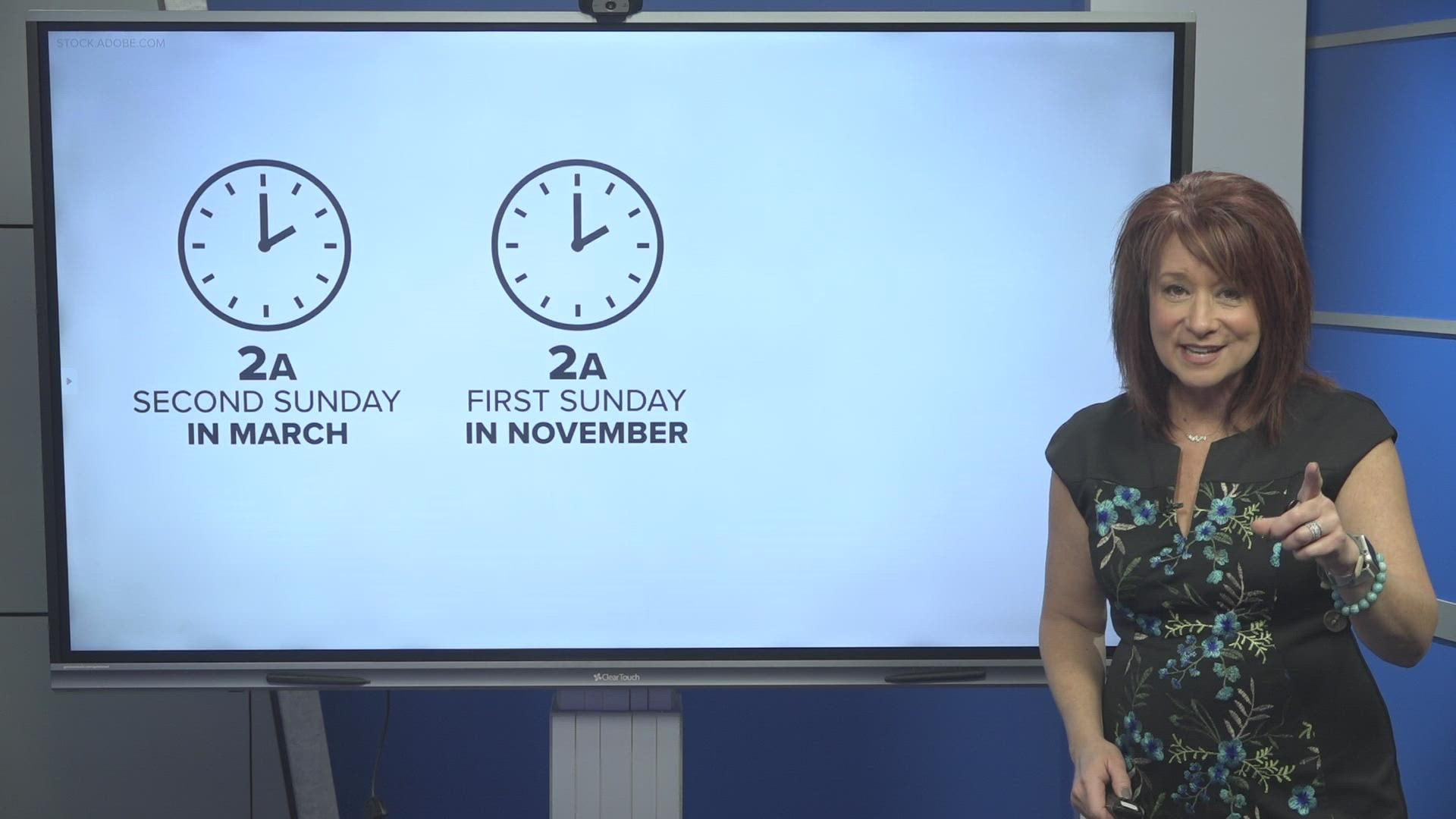GREENSBORO, N.C. — I've seen reminders on TV and social media to “Turn your clocks back.” Did you see it and think, really?!?!? Didn't we get rid of all this time change business?
In March, the U.S. Senate unanimously voted in favor of the Sunshine Protection Act, which would make Daylight Saving Time permanent year-round as of November 2023.
The measure got stalled in the House.
So, yes, states that observe Daylight Saving Time will once again, “fall back “this weekend.
THE HISTORY OF DAYLIGHT SAVING TIME
Did you know the United States actually tried permanent Daylight Saving Time in 1974 and 1975? It ultimately turned out to be unpopular and lasted only eight months.
Of course, this is just part of the Daylight Saving Time history, so let's start from the beginning.
“We adopted Daylight Saving Time in 1918. The idea was to make more daylight for production purposes. It was not popular. After World War I Congress promptly revoked it. It became optional. Eastern states kept it and western states tended to abandon it,” said historian David Ware.
Once again, the U.S. officially adopted Daylight Saving Time with The Uniform Time Act of 1966. Clocks would spring forward one hour on the last Sunday in April, and fall back one hour on the last day in October.
In 1986 the act was amended to lengthen daylight saving time from the first Sunday in April until the last Sunday in October.
There was then another extension of Daylight Saving Time with the 2005 Energy Policy Act, making it the second Sunday of March and ending on the first Sunday of November.
TURN YOUR CLOCKS BACK ONE HOUR AT 2 AM, NOVEMBER 6, 2022
This is one more reminder for you, you still need to turn your clocks back this weekend.

